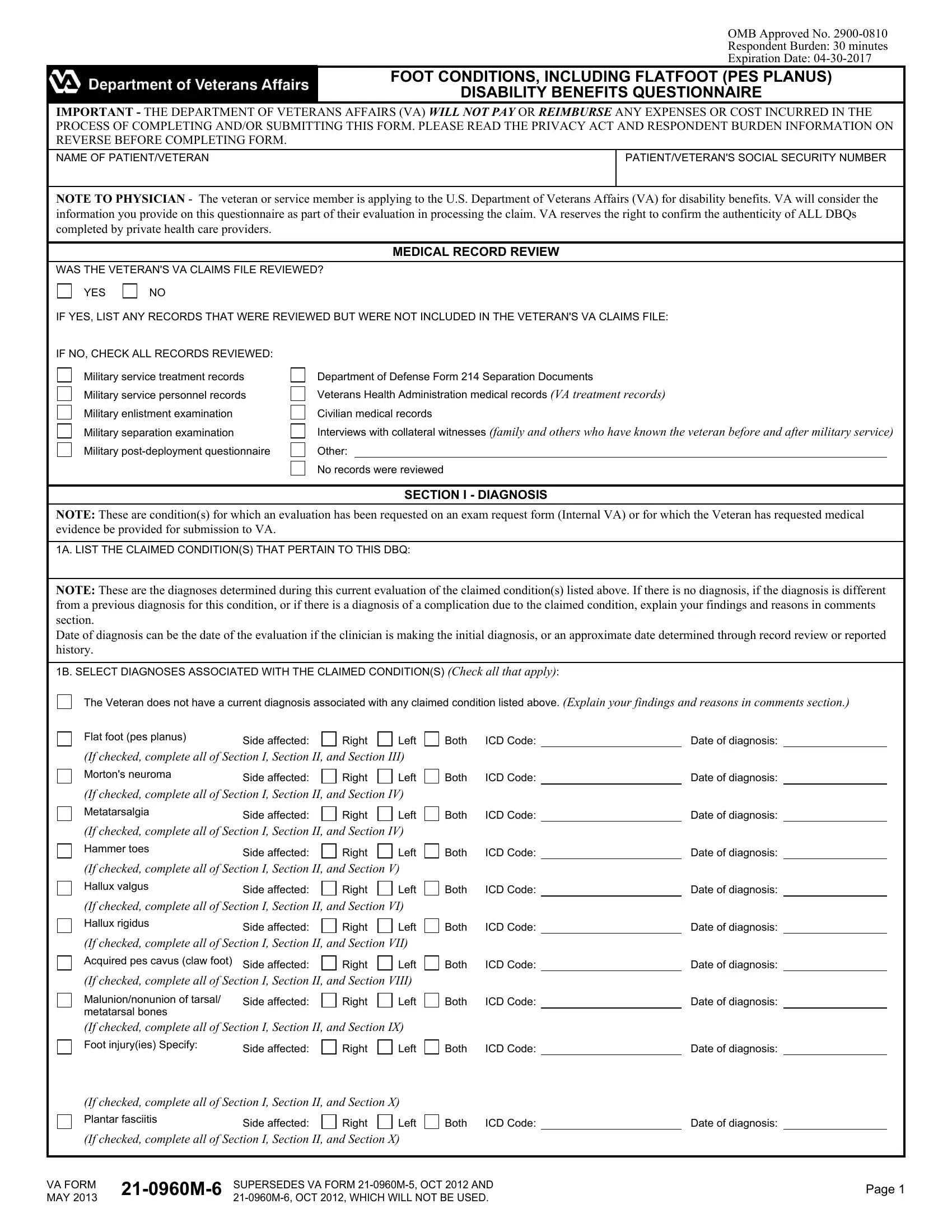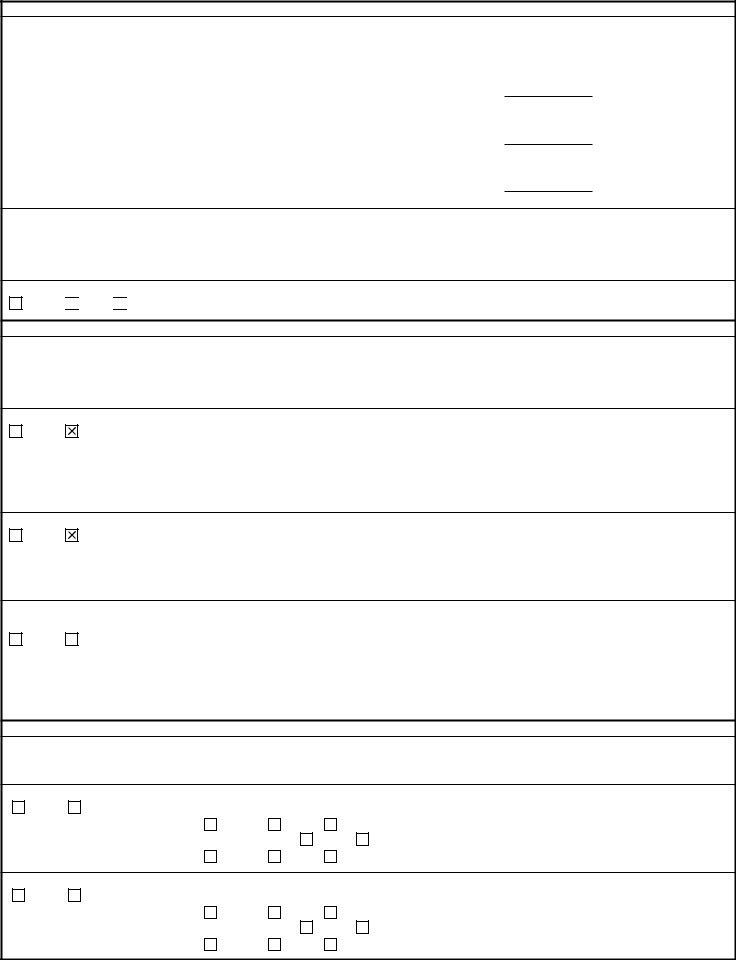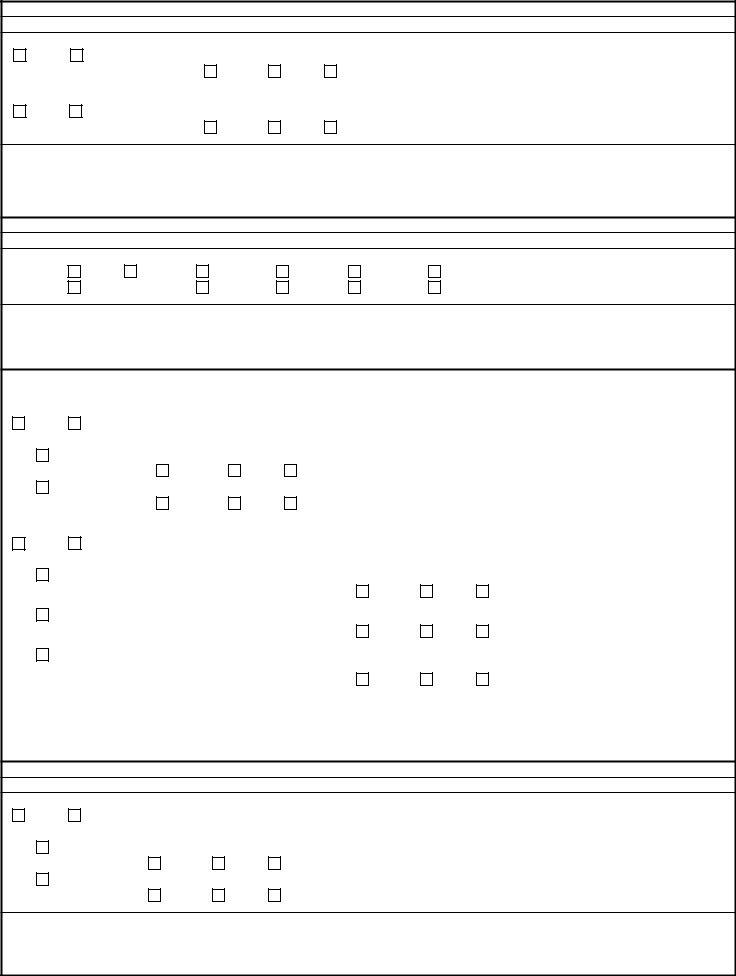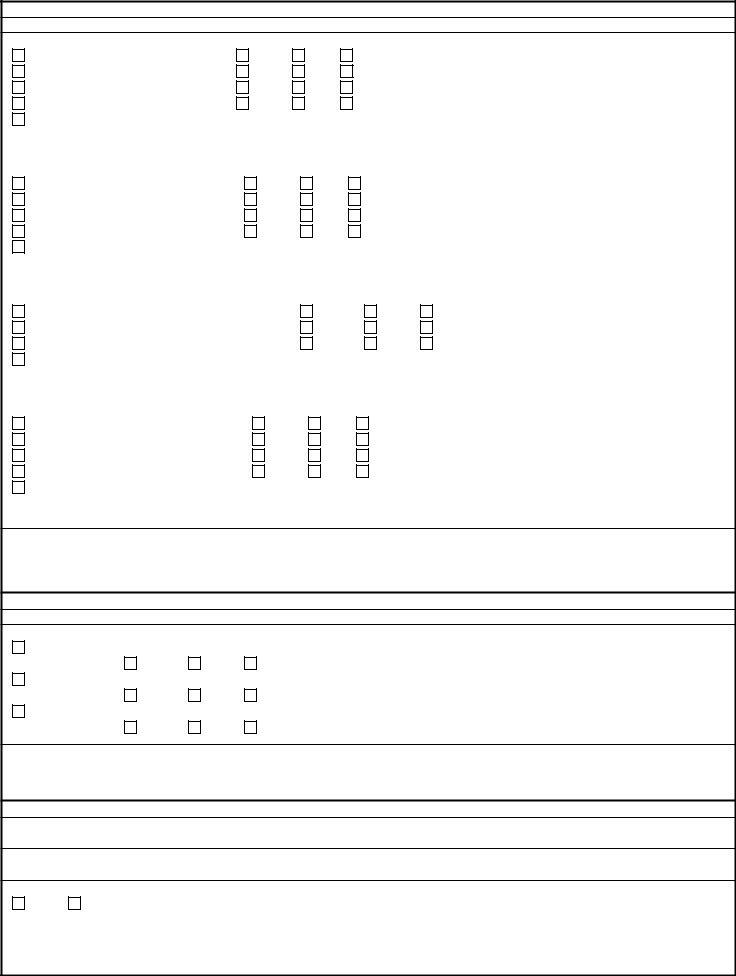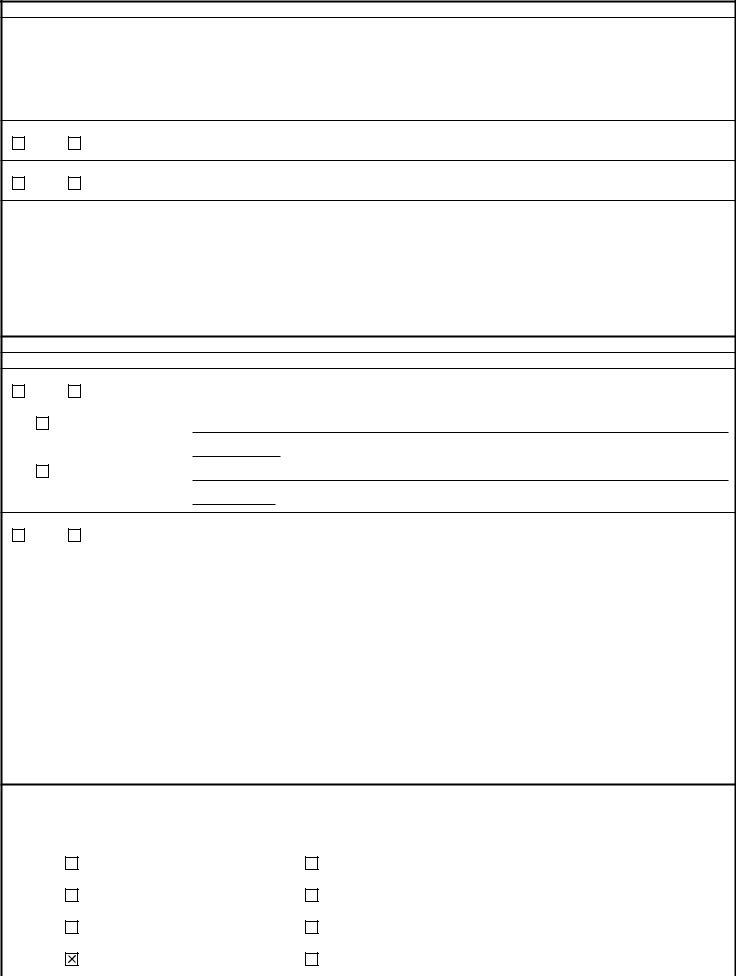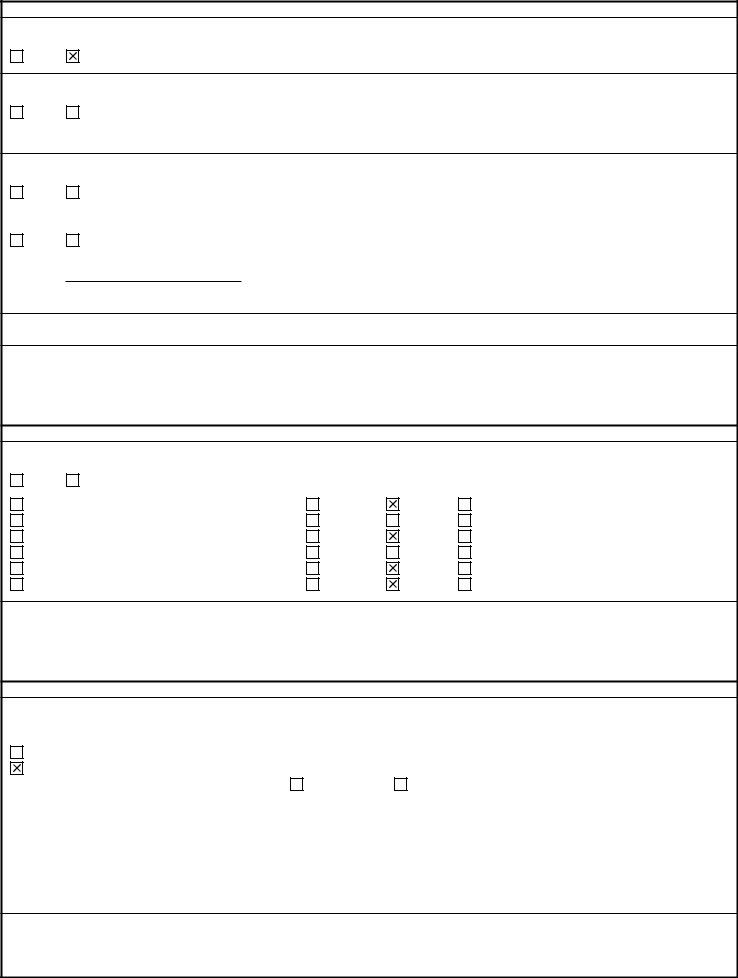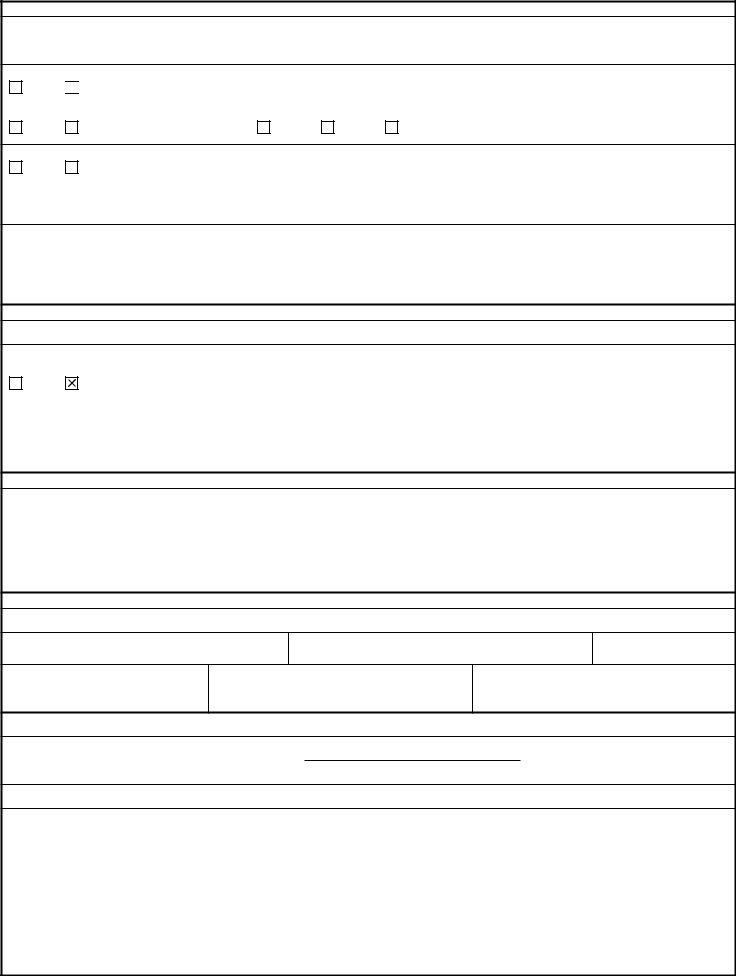OMB Approved No. 2900-0810
Respondent Burden: 30 minutes
Expiration Date: 04-30-2017
FOOT CONDITIONS, INCLUDING FLATFOOT (PES PLANUS)
DISABILITY BENEFITS QUESTIONNAIRE
IMPORTANT - THE DEPARTMENT OF VETERANS AFFAIRS (VA) WILL NOT PAY OR REIMBURSE ANY EXPENSES OR COST INCURRED IN THE PROCESS OF COMPLETING AND/OR SUBMITTING THIS FORM. PLEASE READ THE PRIVACY ACT AND RESPONDENT BURDEN INFORMATION ON REVERSE BEFORE COMPLETING FORM.
SECTION I - DIAGNOSIS
NOTE: These are condition(s) for which an evaluation has been requested on an exam request form (Internal VA) or for which the Veteran has requested medical evidence be provided for submission to VA.
1A. LIST THE CLAIMED CONDITION(S) THAT PERTAIN TO THIS DBQ:
NOTE: These are the diagnoses determined during this current evaluation of the claimed condition(s) listed above. If there is no diagnosis, if the diagnosis is different from a previous diagnosis for this condition, or if there is a diagnosis of a complication due to the claimed condition, explain your findings and reasons in comments section.
Date of diagnosis can be the date of the evaluation if the clinician is making the initial diagnosis, or an approximate date determined through record review or reported history.
1B. SELECT DIAGNOSES ASSOCIATED WITH THE CLAIMED CONDITION(S) (Check all that apply):
The Veteran does not have a current diagnosis associated with any claimed condition listed above. (Explain your findings and reasons in comments section.)
Flat foot (pes planus) |
Side affected: |
Right |
Left |
Both |
ICD Code: |
Date of diagnosis: |
|
(If checked, complete all of Section I, Section II, and Section III)
Morton's neuroma |
Side affected: |
Right |
Left |
Both ICD Code: |
Date of diagnosis: |
|
(If checked, complete all of Section I, Section II, and Section IV)
Metatarsalgia |
Side affected: |
Right |
Left |
Both |
ICD Code: |
Date of diagnosis: |
|
(If checked, complete all of Section I, Section II, and Section IV)
Hammer toes |
Side affected: |
Right |
Left |
Both ICD Code: |
Date of diagnosis: |
|
(If checked, complete all of Section I, Section II, and Section V)
Hallux valgus |
Side affected: |
Right |
Left |
Both |
ICD Code: |
Date of diagnosis: |
|
(If checked, complete all of Section I, Section II, and Section VI)
Hallux rigidus |
Side affected: |
Right |
Left |
Both |
ICD Code: |
Date of diagnosis: |
|
(If checked, complete all of Section I, Section II, and Section VII)
|
Acquired pes cavus (claw foot) Side affected: |
|
Right |
|
Left |
|
Both |
ICD Code: |
|
Date of diagnosis: |
(If checked, complete all of Section I, Section II, and Section VIII)
|
Malunion/nonunion of tarsal/ |
Side affected: |
|
Right |
|
Left |
|
Both |
ICD Code: |
|
Date of diagnosis: |
|
metatarsal bones |
|
|
|
|
|
|
|
|
|
|
(If checked, complete all of Section I, Section II, and Section IX)
Foot injury(ies) Specify: |
Side affected: |
Right |
Left |
Both |
ICD Code: |
Date of diagnosis: |
|
(If checked, complete all of Section I, Section II, and Section X)
Plantar fasciitis |
Side affected: |
Right |
Left |
Both |
ICD Code: |
Date of diagnosis: |
|
(If checked, complete all of Section I, Section II, and Section X)
VA FORM |
21-0960M-6 |
SUPERSEDES VA FORM 21-0960M-5, OCT 2012 AND |
Page 1 |
MAY 2013 |
21-0960M-6, OCT 2012, WHICH WILL NOT BE USED. |
|
|
|

